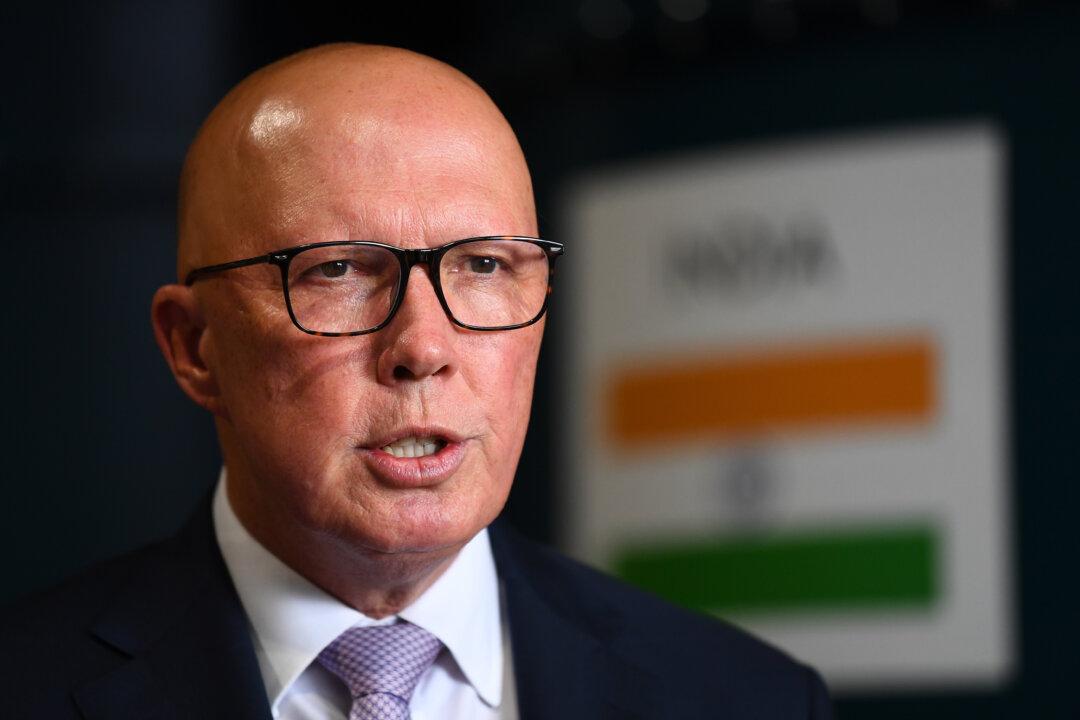Labor is looking at introducing quotas for local steel in major projects to shelter the Australian steel industry after U.S. President Donald Trump announced future tariffs.
“We’re looking at the procurement part of this,” Treasurer Jim Chalmers told ABC’s Insiders.
“If there’s more that we can do, more that we can think through on that front, obviously we'll do it.”
The Australian Steel Institute warned that if the future of steel production was not guaranteed, Australia would be exposed to significant economic repercussions and job losses.
When asked if the quotas may push up construction costs, Chalmers said the government would consider the implications.
“But we want Australian steel used in Australian projects,” he said.
Potential Tariffs
Trump is expected to hand down his decisions on tariffs for steel and aluminium by mid-March, after which cheap Chinese steel is likely to become available in Australia.Chalmers confirmed he will travel to Washington on Feb. 23 to meet with U.S. Secretary of the Treasury Scott Bessent to discuss trade and the threat of steel and aluminium tariffs.
Foreign Minister Penny Wong and Defence Minister Richard Marles have also travelled to meet their recently sworn in U.S. counterparts in Washington.
“Trade and tariffs will be part of the conversation, but not the whole conversation,” Chalmers said.
Supporting the Steel Industry
It comes days after Prime Minister Anthony Albanese and South Australian Premier Peter Malinauskas announced an industry support package in Whyalla, with the aim of safeguarding thousands of jobs before the federal election.The package amounts to $2.4 billion (US$1.5 billion) and comes after legislation was rushed through the South Australian parliament to place Whyalla steelworks into administration.
Around 75 percent of the steel out of Whyalla goes to Australian infrastructure projects.
“This is a reflection of our belief in the town of Whyalla, the broader region, the future of steel, the future of manufacturing, and a future made in Australia,” Chalmers said.
“What these investments are all about is keeping the steel plant open while we look for a more enduring longer term solution.”
“In both of those instances our preference and our objective is for a private sector buyer, but we are prepared to play a role.”






